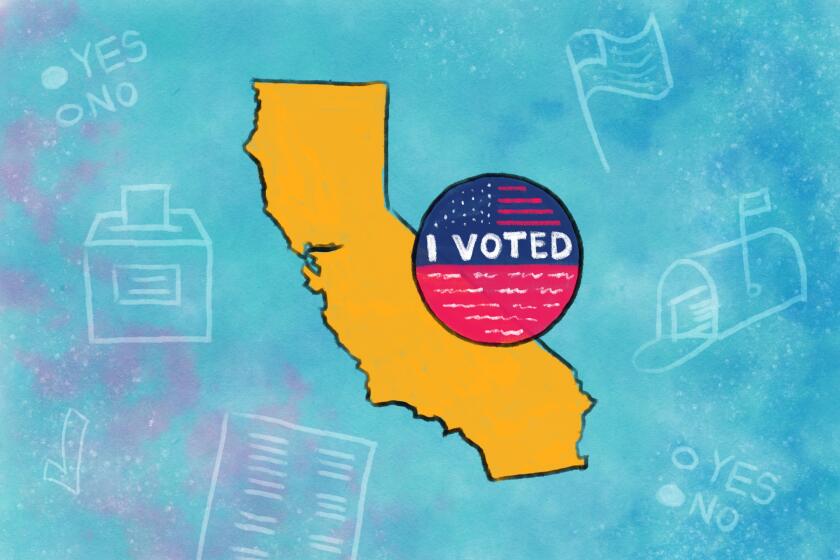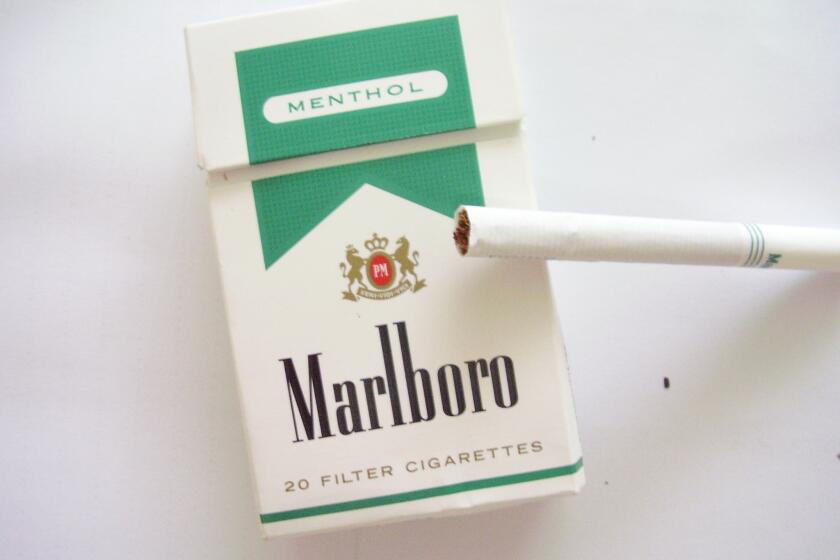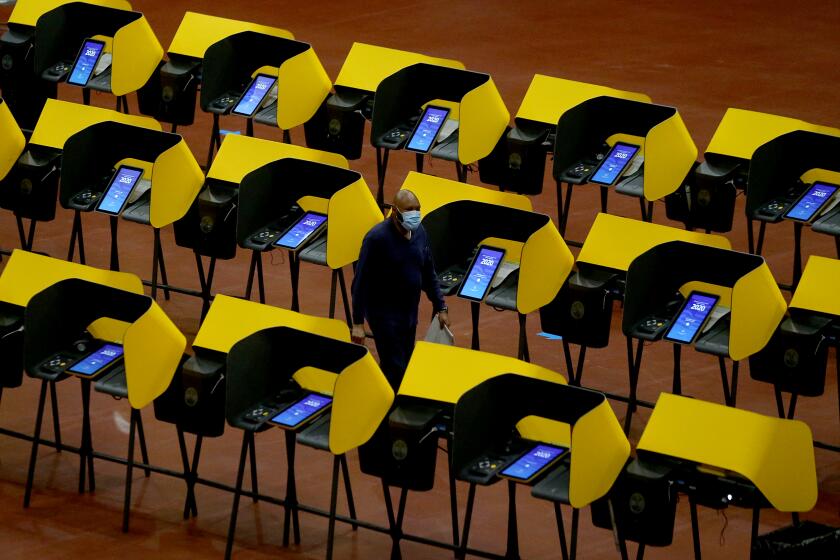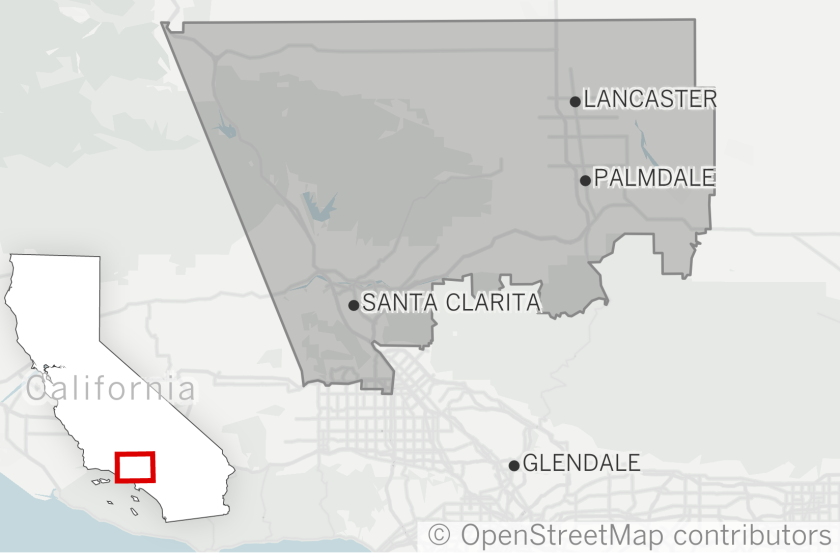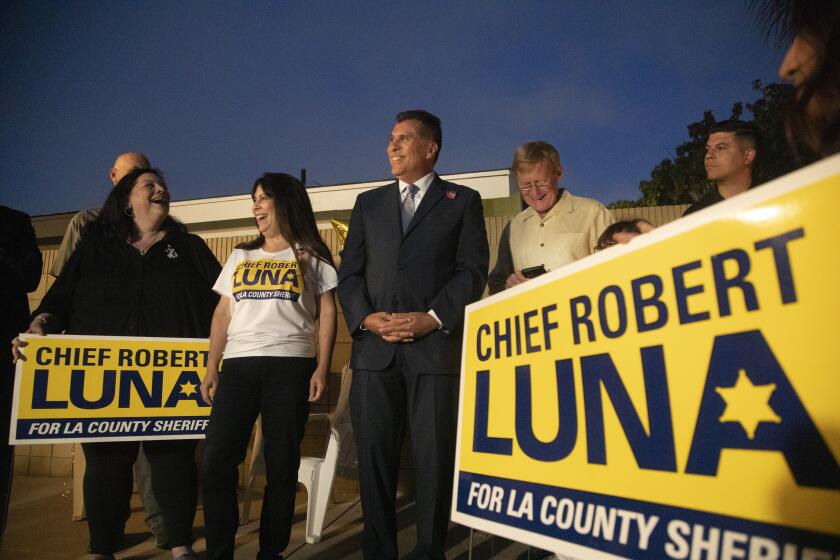Sign up for Essential California
The most important California stories and recommendations in your inbox every morning.
You may occasionally receive promotional content from the Los Angeles Times.
Phil Willon is the California politics editor based in the Sacramento bureau of the Los Angeles Times and oversees coverage of state politics and the state capital.
More From the Los Angeles Times
Podcasts
In “Rebuilding Los Angeles,” Kate Cagle explores the aftermath of L.A.’s recent wildfires, examining systemic failures and innovative recovery efforts while sharing inspiring stories of community resilience in the face of climate change.
On this week’s bonus, Madison McGhee and Jake Deptula share some of their more controversial takes on today’s true crime beat.
In this episode, Sammy Roth speaks with geography professor James McCarthy, who’s studied how authoritarianism and environmental destruction can be deeply intertwined.

